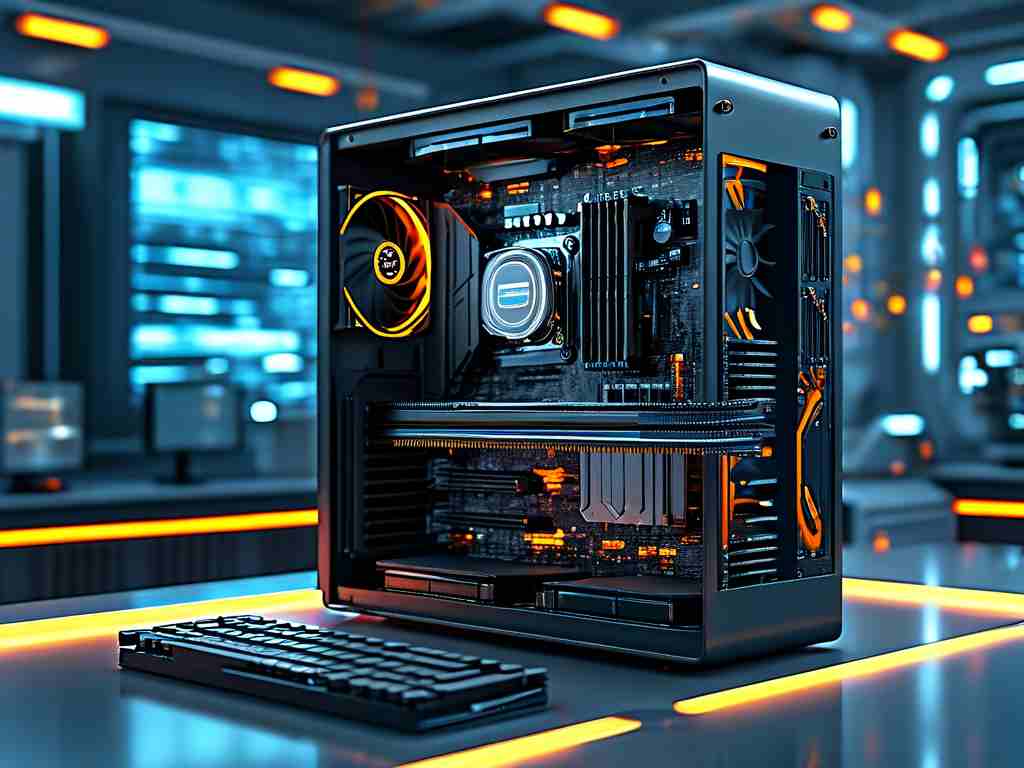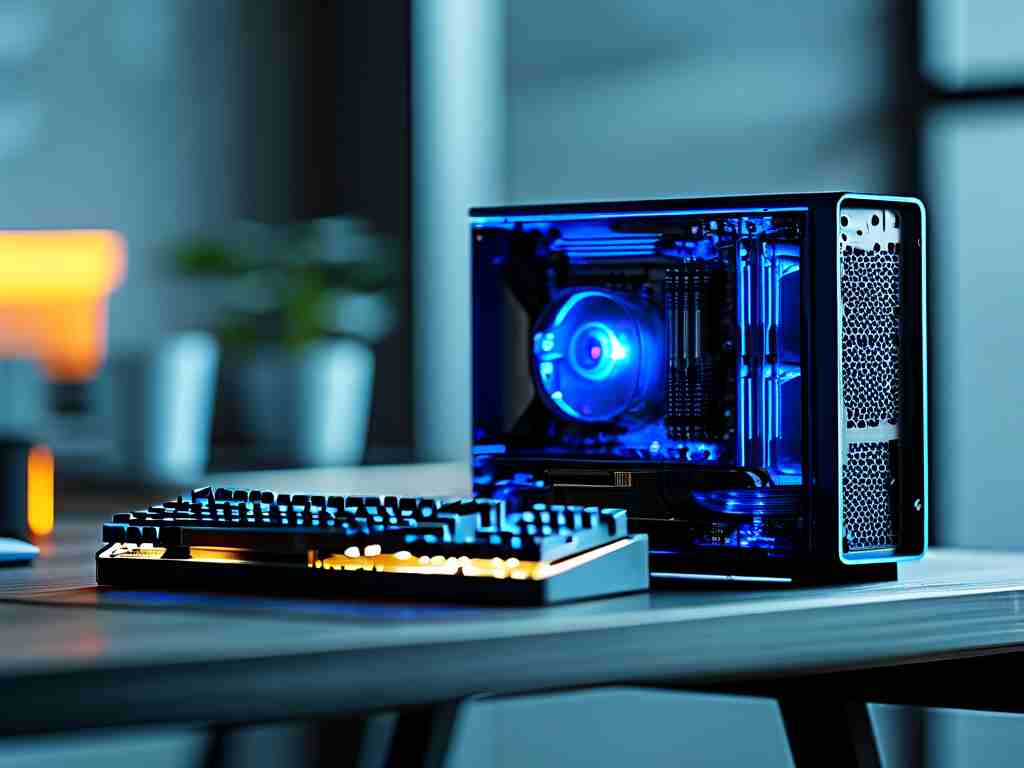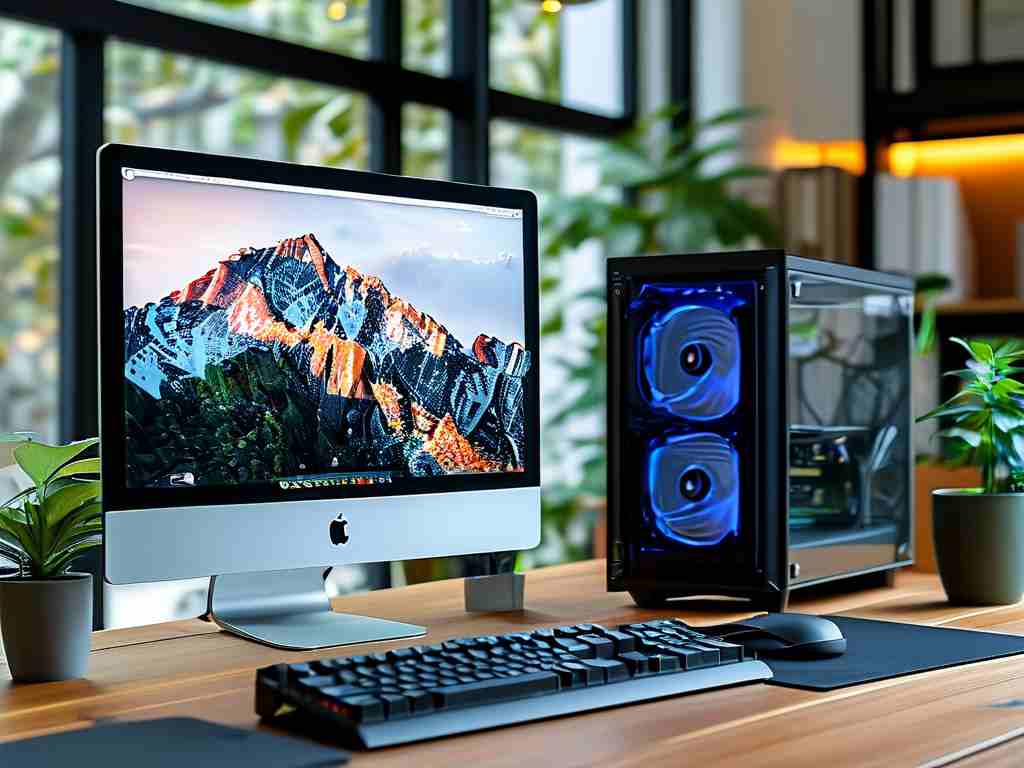Upgrading to a solid-state drive (SSD) is often hailed as a miracle solution for slow computers. Users expect lightning-fast boot times, seamless multitasking, and an end to frustrating freezes. Yet, many encounter a baffling reality: their system remains sluggish even after installing an SSD. What causes this paradox, and how can it be resolved? Let’s explore the hidden factors behind persistent lag and actionable fixes.

Hardware Bottlenecks Beyond Storage
While an SSD dramatically improves read/write speeds, it doesn’t compensate for outdated or underpowered hardware. For instance, a decade-old CPU struggling with modern software will throttle performance, regardless of storage speed. Similarly, insufficient RAM forces the system to rely on virtual memory, creating bottlenecks even with an SSD. Task Manager or resource monitors can reveal whether CPU or memory usage consistently hits 90–100% during routine tasks. Upgrading these components—or replacing the entire motherboard for compatibility—may be necessary for balanced performance.
Software Bloat and Background Processes
Modern operating systems and applications are resource-hungry. Background services like automatic updates, cloud sync tools, or antivirus scans can consume CPU cycles and RAM unnoticed. A clean OS installation on the SSD often helps, but users who clone their old hard drive risk migrating software bloat. For example, a startup program list cluttered with unused utilities or outdated drivers can negate SSD benefits. Tools like Windows’ Startup Apps menu or third-party optimizers like CCleaner help identify and disable unnecessary processes.
Misconfigured SSD Settings
Not all SSDs are plug-and-play. Outdated firmware, improper AHCI/RAID mode settings, or missing TRIM commands can degrade performance. Users should check their motherboard’s SATA mode in BIOS/UEFI—AHCI is ideal for SSDs, while RAID modes prioritize redundancy over speed. Enabling TRIM ensures the drive maintains optimal write efficiency over time. Additionally, partitioning errors, such as misaligned 4K sectors, can slow down data access. Free tools like CrystalDiskInfo provide health reports and configuration alerts.
Thermal Throttling and Power Limits
High-performance SSDs, especially NVMe models, generate heat during intense workloads. If a laptop or desktop lacks adequate cooling, thermal throttling can slash read/write speeds by 50% or more. Monitoring tools like HWMonitor reveal temperature trends, while physical fixes—reapplying thermal paste, adding cooling pads, or improving case airflow—can mitigate this. On laptops, power-saving modes may also cap SSD performance to extend battery life; switching to a High Performance power plan often resolves this.
Firmware and Driver Conflicts
Manufacturers periodically release firmware updates to address bugs or improve compatibility. An SSD running outdated firmware might clash with newer OS kernels or motherboard chipsets. Similarly, generic SATA drivers provided by Windows Update may lack optimizations for specific SSD models. Visiting the manufacturer’s support page to install tailored drivers and firmware is critical. For example, Samsung’s Magician software automates this process for their drives, ensuring peak functionality.
The Myth of “Unlimited” SSD Speed
Marketing materials tout theoretical SSD speeds like 3,500 MB/s, but real-world performance depends on workload types. Sequential reads/writes (e.g., loading large video files) maximize speed, but random 4K operations (common in everyday tasks) are slower. SATA SSDs cap at ~550 MB/s due to interface limits, while DRAM-less budget models suffer drastic slowdowns during sustained transfers. Users expecting NVMe-tier performance from a SATA SSD or a low-end model may need to adjust their expectations—or invest in a higher-tier drive.
Case Study: A Real-World Fix
Consider a user who upgraded their 2018 laptop to a 1TB SSD but still experienced lag. Diagnostics showed 8GB RAM maxed out during web browsing, and the CPU (an Intel i5-8250U) spiked to 100% with Zoom meetings. The SSD itself performed flawlessly, but the aging CPU-RAM combo couldn’t handle modern multitasking. Upgrading to 16GB RAM reduced reliance on virtual memory, while limiting background apps eased CPU strain—proving that storage upgrades alone can’t overcome broader hardware limitations.
An SSD upgrade is a powerful performance booster, but it’s not a universal cure. Persistent lag often stems from overlooked hardware limitations, software inefficiencies, or configuration oversights. By auditing system resources, optimizing settings, and addressing ancillary bottlenecks, users can unlock their SSD’s full potential. For those still struggling, consulting a technician for component upgrades or advanced diagnostics may be the final step toward a smoother computing experience.




